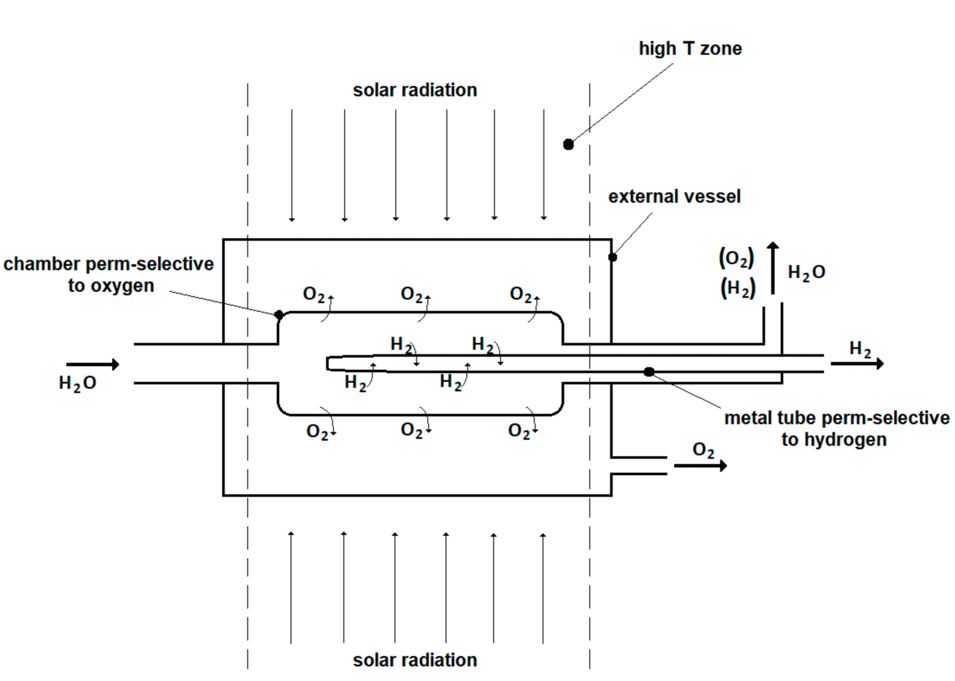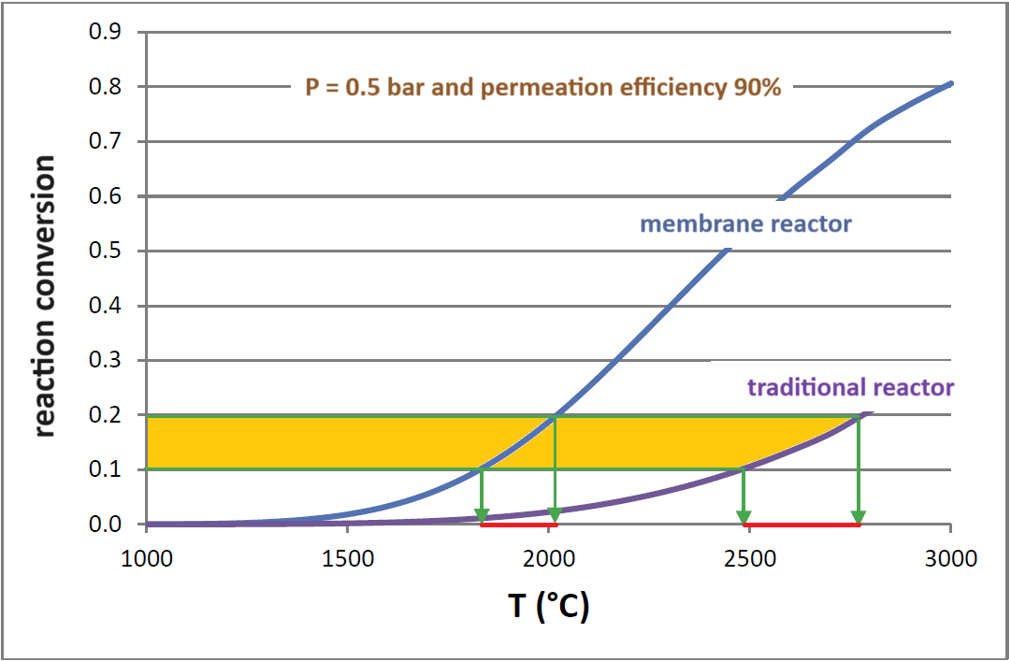
Fusion Membrane Technology Pioneers Solar-Powered Hydrogen Production
In the pursuit of sustainable energy solutions, fusion membrane technology has emerged as a game-changer, facilitating the production of hydrogen and oxygen through water splitting in a solar-powered membrane reactor. Originating from the pioneering research at ENEA-NUC Centro Ricerche Frascati, this technology promises to redefine the landscape of clean energy production.
A Fusion-Derived Membrane Technology
At its core, the technology revolves around membrane processes for hydrogen separation and production, with a focus on membrane reactors for various applications including hydrogen isotopes separation and hydrogen production via dehydrogenation reactions. Initially developed for fusion fuel cycle applications, where it played a crucial role in separating hydrogen isotopes and recovering tritium from tritiated water, the technology has now found its way into the realm of renewable energy.
Forging Partnerships for Technological Innovation
The industrial recipient of this technology is RINA CSM – Centro Sviluppo Materiali, situated in Rome, Italy, and part of the esteemed RINA Group. Specializing in research and innovation pertaining to material modeling, process optimization, and development of innovative pilot plants, RINA CSM is poised to leverage fusion-derived membranes’ technologies to propel the advancement of clean energy.
Through a collaborative research project, the fusion-derived membrane technology is being integrated into a solar-powered reactor to facilitate efficient hydrogen and oxygen production from water splitting. The utilization of membrane-based process units offers a significant enhancement in the conversion of water into hydrogen and oxygen, even at high temperatures and pressure conditions.

Figure 1 – The suggested membrane reactor has the following schematic configuration: a metal tube that separates pure hydrogen is housed in a ceramic chamber that is permanently selective to oxygen.
The joint research endeavor, funded by the Italian Ministry of the Environment, aims to develop a prototype of the system, validating its feasibility and potential for large-scale implementation.
For RINA CSM, this collaboration opens new avenues for technological innovation, enabling the development of a novel membrane reactor with heightened productivity and efficiency.
Simultaneously, for ENEA-FSN Centro Ricerche Frascati, this partnership signifies a continuation of their legacy in advancing membrane technology beyond the fusion domain. By extending their expertise to the development of solar-powered hydrogen production systems, ENEA-FSN reaffirms its commitment to driving innovation in clean energy technologies.

Figure 2 – Comparison of the performances between a traditional reactor and the membrane reactor.
As the journey from fusion to renewable energy unfolds, fusion membrane technology stands as a beacon of hope, offering a sustainable pathway towards a greener and more prosperous future. Through collaborative efforts and technological ingenuity, we pave the way for a world powered by clean and limitless energy.
